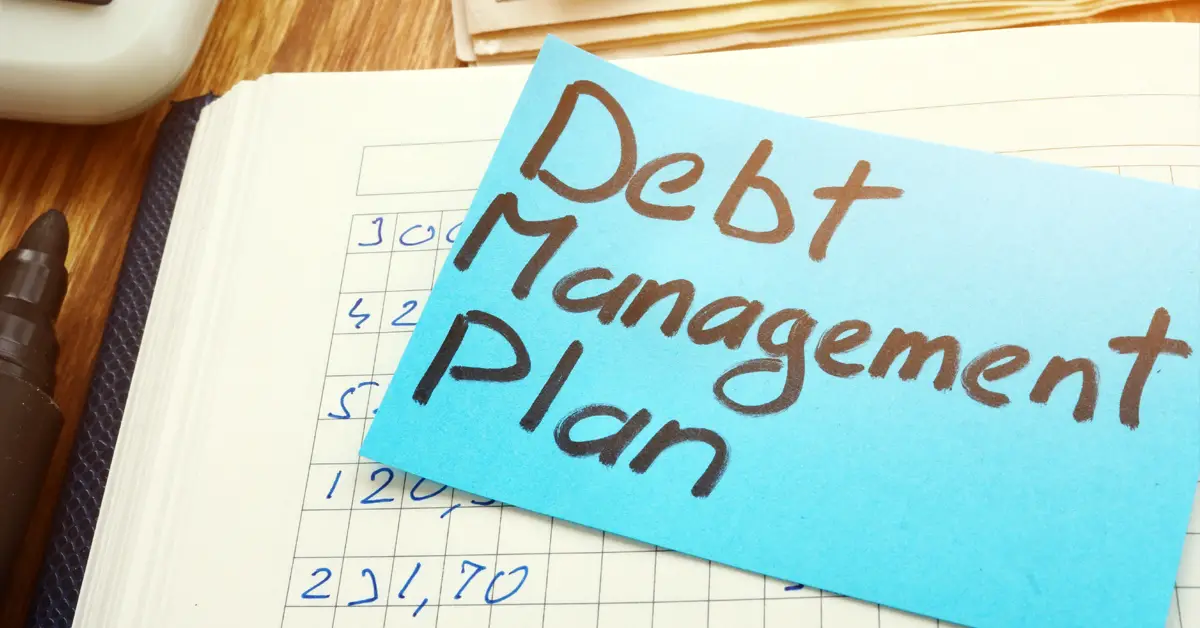Trick Steps to Establishing a Lasting Financial Obligation Management Strategy That Fits Your One-of-a-kind Financial Situation
Creating a lasting debt management strategy tailored to your individual economic situations calls for a systematic method that begins with a comprehensive assessment of your current scenario. By comprehending the ins and outs of your earnings, expenditures, and existing debts, you can develop clear financial objectives that serve as a roadmap for your repayment approach.
Examine Your Existing Financial Circumstance
To successfully establish a sustainable debt administration strategy, it is essential to initial analyze your current financial scenario. This evaluation involves a comprehensive testimonial of your earnings, responsibilities, expenses, and possessions. Begin by determining your total month-to-month revenue, including salaries, benefits, and any kind of added resources of earnings. Next off, checklist all regular monthly expenses, classifying them into taken care of expenses, such as rental fee or home loan payments, and variable costs, including groceries and enjoyment.
After developing a clear photo of your income and expenses, review your existing debts. This includes bank card, personal finances, and any kind of other commitments, noting the total quantity owed and the rate of interest related to each. Understanding your debt-to-income proportion is essential, as it measures your capacity to handle monthly payments about your revenue.
Additionally, consider your cost savings and investments, as they can play a crucial function in your total economic wellness. By collecting this information, you create a fundamental understanding of your economic landscape, allowing you to make enlightened decisions as you create a efficient and organized financial obligation management plan customized to your unique scenarios.
Set Clear Financial Goals
Establishing clear financial objectives is vital for reliable financial debt management, as it offers instructions and motivation for your financial trip. By specifying particular, measurable, achievable, relevant, and time-bound (WISE) objectives, you can create a roadmap that guides your decision-making and prioritizes your monetary activities.
Beginning by examining both long-term and temporary objectives. Temporary objectives could include repaying a certain charge card or saving for a reserve, while long-lasting objectives can include debt-free living or homeownership. Make certain that each goal aligns with your total monetary method to promote a cohesive method to financial obligation management.
Additionally, it is essential to consistently take another look at and adjust these goals based upon changes in your monetary circumstance or life circumstances. This flexibility permits you to remain motivated and concentrated, also when challenges develop. By dedicating to these clear financial objectives, you not just enhance your capacity to manage financial debt successfully however additionally grow an aggressive way of thinking that equips you to make enlightened monetary choices progressing. Ultimately, these goals offer as a foundation upon which you can develop a lasting debt monitoring plan customized to your special financial circumstance.
Create a Realistic Spending Plan
Producing a practical budget plan is an important step in handling financial debt efficiently, as it assists you track your income and expenses while determining areas for enhancement. Next, checklist all regular monthly expenses, categorizing them into repaired (rental fee, energies) and variable (grocery stores, home entertainment) costs.
When you have a clear image of your financial landscape, compare your total income to your total amount costs. It is essential to determine non-essential costs that can be reduced or removed if you discover that your expenses exceed your revenue. Consider setting spending restrictions for discretionary groups to ensure you continue to be within your monetary means.
In addition, it can be useful to change your spending plan regularly, reflecting any type of changes in income or costs. By maintaining an adaptable yet disciplined method, you will certainly improve your capability to take care of financial debt sustainably. A well-structured spending plan not only provides a roadmap for spending but also instills a feeling of control over your economic circumstance, cultivating long-term economic health.
Explore Financial Obligation Settlement Options
Exploring debt payment options is essential for individuals looking for to gain back control over their economic responsibilities. Various approaches cater to varying conditions and can dramatically impact the effectiveness of the settlement process.
One popular approach is the snowball technique, where individuals concentrate on settling the smallest financial debts first. This can develop momentum and rise inspiration as debts are removed. Conversely, the avalanche technique prioritizes financial debts based on rate of interest, allowing debtors to save cash with time by targeting high-interest financial obligations first.
For those facing see page considerable challenges, financial obligation consolidation may be an appropriate alternative. This entails integrating multiple financial obligations into a single car loan, frequently with a reduced rate of interest, streamlining repayments and possibly lowering month-to-month commitments.
In addition, working out directly with lenders can result in much more positive terms, such as minimized passion prices or prolonged repayment plans.

Screen and Adjust Your Strategy
Once a debt settlement approach is in place, it's crucial to constantly adjust the strategy and keep an eye on as circumstances transform. Routinely examining your monetary situation will certainly help you identify any kind of shifts in earnings, costs, or unexpected events that could impact your ability to comply with the initial strategy.
Begin by setting a timetable for regular analyses, such as month-to-month or quarterly testimonials. During these examinations, evaluate your capital, outstanding financial obligations, and any type of brand-new financial commitments. This will certainly allow you to identify if your payment timetable stays manageable or if changes are necessary.
If you experience a change in earnings, consider reallocating your sources to focus on crucial expenses or high-interest debts (credit consolidation singapore). Alternatively, if your financial scenario enhances, you might decide to raise your settlements, accelerating your financial obligation removal timeline
In addition, remain notified about rates of interest and market problems, as these may influence your financial obligation administration strategy. By proactively checking your strategy and making needed modifications, you can make certain that your debt monitoring continues to be sustainable and tailored to your progressing monetary landscape.
Final Thought
To conclude, creating a sustainable debt monitoring plan demands a thorough assessment of one's monetary scenario, the establishment of clear monetary objectives, and the production of a practical budget. Exploring different financial debt settlement choices improves the performance of the technique, while regular surveillance and adjustments guarantee continued positioning with transforming scenarios (credit consolidation singapore). By adhering to these essential actions, people can grow a robust framework for taking care of debt, inevitably cultivating better monetary stability and durability
Producing a sustainable financial debt monitoring strategy tailored to your specific monetary conditions needs an organized browse around this web-site approach that begins with a thorough analysis of your current situation. By comprehending the intricacies of your more revenue, costs, and existing financial debts, you can establish clear financial objectives that offer as a roadmap for your repayment technique. By dedicating to these clear monetary goals, you not just enhance your ability to handle financial obligation effectively yet also cultivate a positive state of mind that empowers you to make informed monetary decisions moving ahead. Ultimately, these objectives offer as a foundation upon which you can develop a lasting financial obligation management plan tailored to your unique economic scenario.
